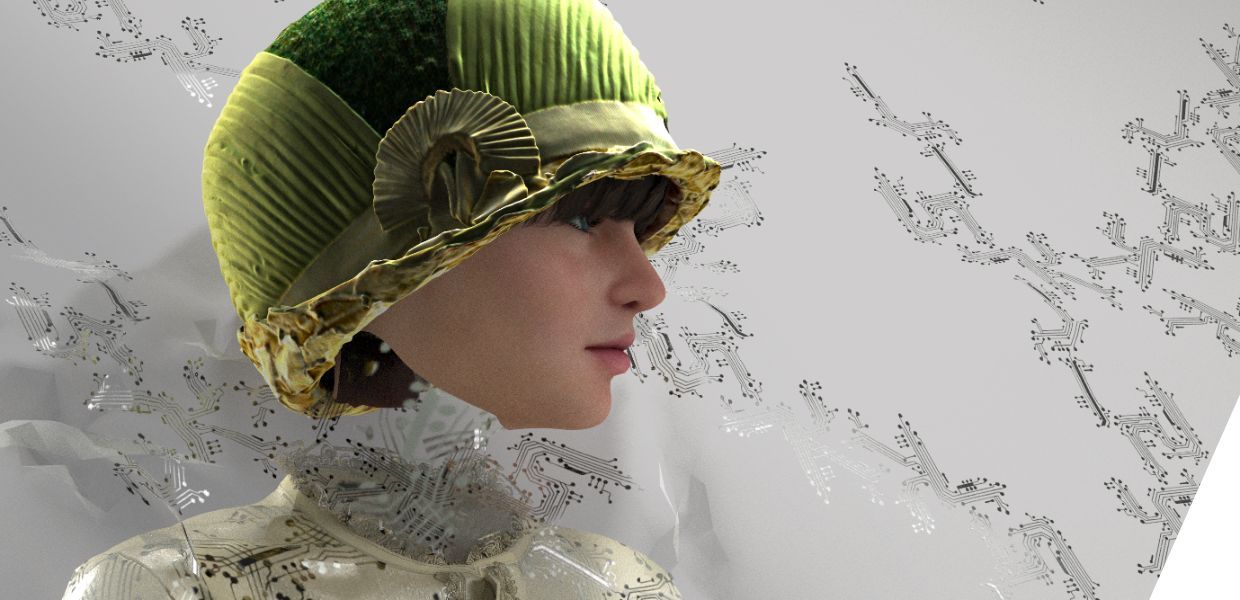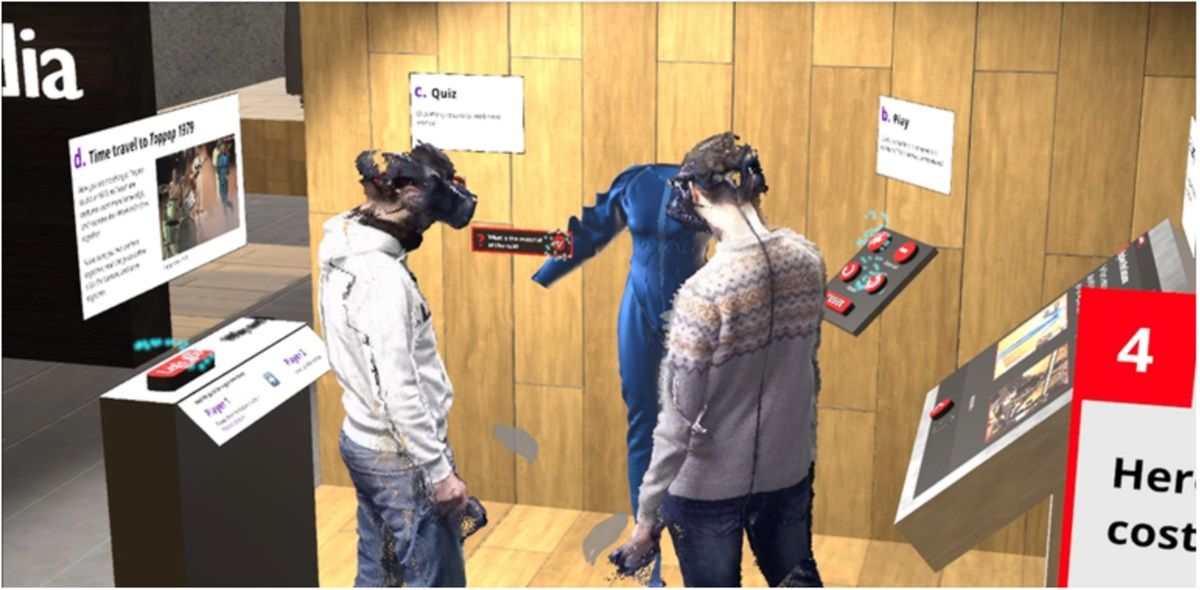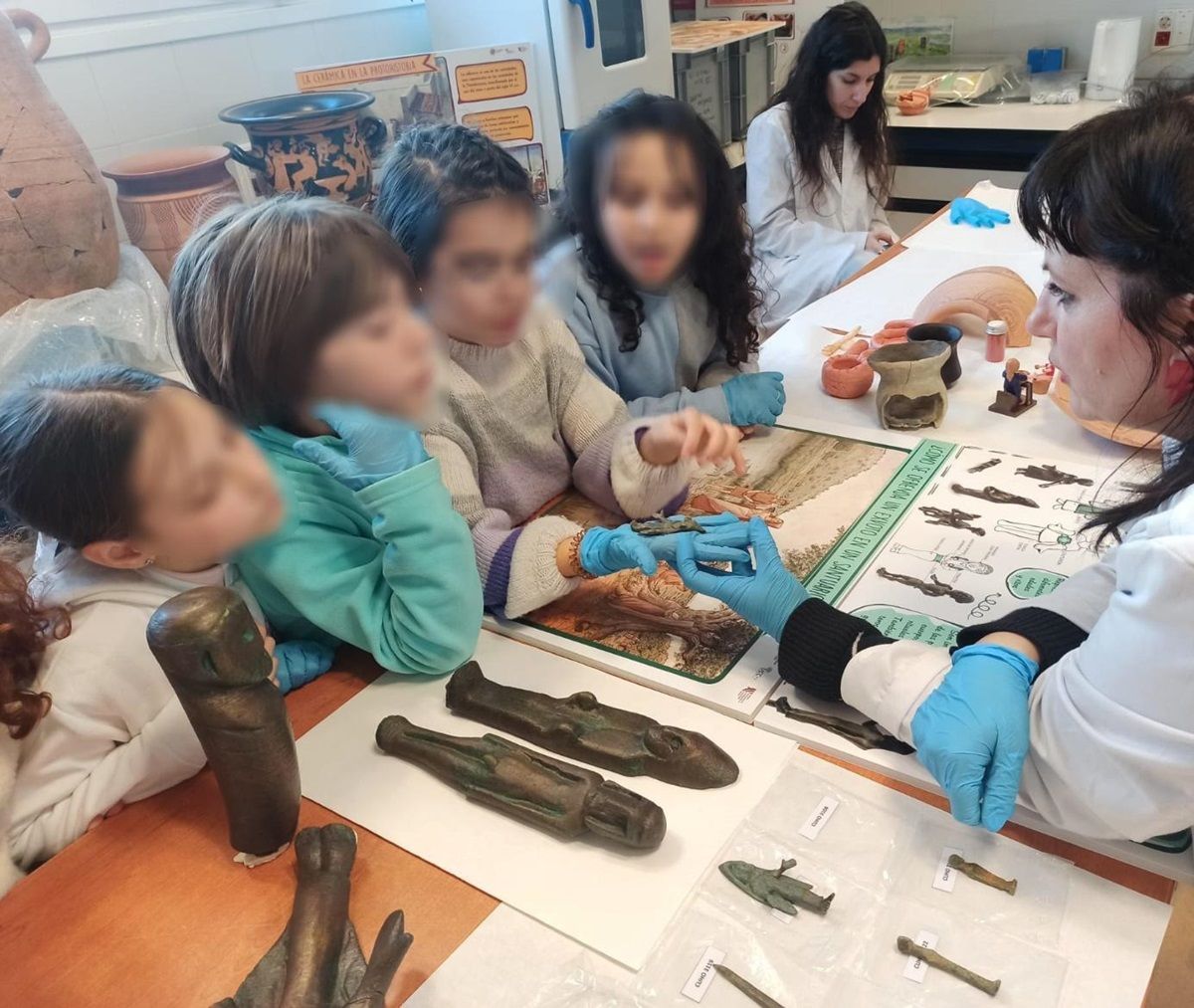Technology for 3D experiences is rapidly developing. During the recent MuseumNext Digital Collections Summit, heritage organisations presented a number of projects which highlight how digital advancements enable us to create, explore and experience heritage in new ways. Thanks to digital assets, cultural heritage institutions can curate collections with materials that would otherwise not have been easily accessible. This facilitates the introduction of heritage that would in other circumstances remain hidden or unreachable to new audiences.
With this fast development come vast ambitions for archives, museums and cultural heritage institutions. To explore the possibilities of 3D technology for the cultural sector, 5Dculture aims to develop and showcase different scenarios where 3D assets can play a crucial role. In the coming years, these assets will empower the cultural heritage sector to integrate several key tools for 3D use and reuse, as well as set up a community of practice around 3D. This will further amplify the capacity of professionals working with these assets in the common European data space for cultural heritage. We aim to demonstrate new possibilities which allow audiences to not only visit a museum, but also explore heritage in an interactive and new way.
Challenges facing cultural heritage institutes
To take advantage of the possibilities mentioned above, there is a need to bridge the gap in technological knowledge about which 3D tools can be used within the cultural sector. One of the challenges for the 3D material of cultural institutes lies in the usability of the newly developed content. Many do not have enough capacity to explore the possibilities of the 3D material for their collections, let alone follow the latest advancements in 3D technological solutions that they could use to optimise their exhibitions and methods of knowledge sharing. A difficulty for a museum could be the exchange of digital assets and finding a way to unify the source material for processing.
Additionally, with the development of the common European data space for cultural heritage, the EU is developing a centralised European digital data space to facilitate the exchange of digitised material. To further advance the possibilities for knowledge sharing and the applicability for museums, we will need tools that ease the exchange and further exploration of 3D material for people in the cultural sector.
Bringing 3D technology into exhibitions
To enable this improvement in access, 5Dculture focuses on enriching the offer of 3D cultural heritage assets as part of the data space and the reuse of these 3D assets.
To include a diverse set of cultural heritage we are using various collections, such as fashion pieces, dresses, hats, and vests from the late 19th and early 20th century. The 3D virtual assets (VR) are from fashion collections that people would not be able to touch, and certainly not wear. Through the use of 3D tools, the items can be experienced by new audiences. People can try out famous hats or other clothing pieces using Augmented Reality (AR) applications, and at exhibitions, visitors will have the opportunity to interact and acquire knowledge in new and exciting ways.



